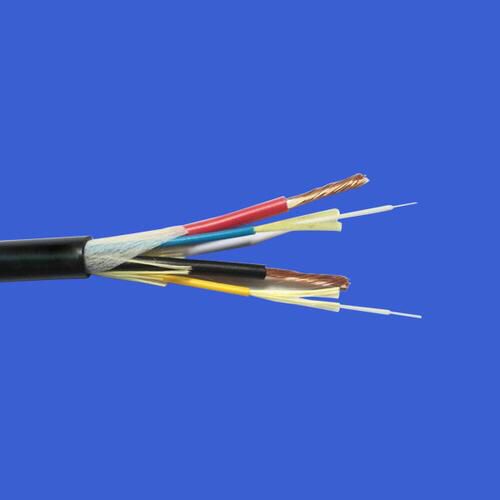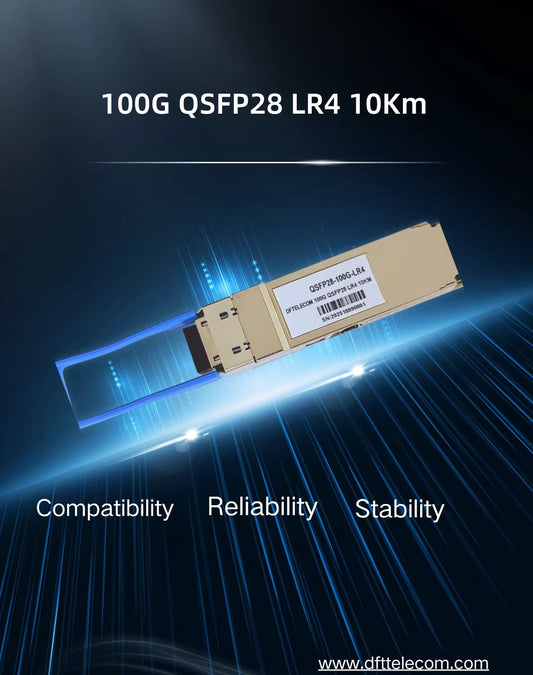Polarity in MTP/MPO System
It's proved that MTP/MPO system is the answer to solving cable congestion in data centers or enterprises, because it featured flexibility, reliability, and scalability. However, the network designers face another challenge: how to assure the proper MTP/MPO polarity of these array connections using multi-fiber MTP/MPO components from end to end. Maintaining the correct MTP/MPO polarity across a fiber network ensures that a transmit signal from any type of active equipment will be directed to receive port of a second piece of active equipment – and vice versa. To ensure the MTP/MPO systems work with correct polarity, the TIA 568 standard provided three methods, which will be introduced in this article. You can also refer to our white paper Understanding Fiber Polarity for a completed polarity guide of our products.
MTP/MPO Connector and MTP/MPO Polarity
The MTP/MPO connector is a multi-innovative, high-performance fiber optic connector that has enhanced optical and mechanical performance. The special design (shown in the following figure) of the MTP/MPO connector ensures the accuracy of the fiber polarity in the MTP/MPO network system.

Figure 1: MTP/MPO Connector.
But, what is fiber polarity? A general optical link requires two optical fibers to complete the entire transmission process. For example, the optical module has a receiving end (Rx) and a transmitting end (TX). When in use, it is necessary to ensure that the receiving end and the transmitting end are in an interconnected state, and such matching between the transmitting end and the receiving end at both ends of the optical link is known as polarity. Polarity defines the direction in which the optical signal travels in the fiber. In common cabling systems, connectors such as LC and SC can easily be matched, so there is no polarity issue. However, for pre-terminated, high-density MTP/MPO cabling systems, fiber polarity issues must be addressed.
Three Cables for Three Polarization Methods
The three methods for proper polarity defined by TIA 568 standard are named Method A, Method B, and Method C. To match these standards, three types of MTP fibers with different structures named Type A, Type B, and Type C are used for the three different connectivity methods respectively. The three different cables will be introduced first, and the three connectivity methods.
MTP Trunk Cable Type A: Type A cable, also known as straight cable, is a straight-through cable with a key-up MTP connector on one end and a key-down MTP connector on the opposite end. This makes the fibers at each end of the cable to have the same fiber position. For example, the fiber located at position 1 (P1) of the connector on one side will arrive at P1 at the other connector. The fiber sequence of a 12 fiber MTP Type A cable is shown below:

Figure 2: MTP-12 Type A Trunk Cable.
MTP Trunk Cable Type B: Type B cable (reversed cable) uses key-up connectors on both ends of the cable. This type of array mating results in an inversion, which means the fiber positions are reversed at each end. The fiber at P1 at one end is mated with fiber at P12 at the opposing end. The following picture shows the fiber sequences of a 12 fiber Type B cable.

Figure 3: MTP-12 Type B Trunk Cable.
MTP Trunk Cable Type C: Type C cable (pairs flipped cable) looks like Type A cable with one key-up connector and one key-down connector on each side. However, in Type C each adjacent pair of fibers at one end are flipped at the other end. For example, the fiber at position 1 on one end is shifted to position 2 at the other end of the cable. The fiber at position 2 at one end is shifted to position 1 at the opposite end etc. The fiber sequence of Type C cable is demonstrated in the following picture.

Figure 4: MTP-12 Type C Trunk Cable.
Three Connectivity Methods
Different polarity methods use different types of MTP trunk cables. However, all the methods should use duplex patch cables to achieve the fiber circuit. The TIA standard also defines two types of duplex fiber patch cables terminated with LC or SC connectors to complete an end-to-end fiber duplex connection: A-to-A type patch cable—a cross version and A-to-B type patch cable—a straight-through version.

Figure 5: Two Types of Duplex Fiber Patch Cables.
The following part illustrates how the components in the MTP system are used together to maintain the proper polarization connectivity, which is defined by TIA standards.
Method A: the connectivity Method A is shown in the following picture. A type-A trunk cable connects an MTP module on each side of the link. In Method A, standard A-to-B type duplex patch cables are used on both sides.

Figure 6: Connectivity Method A.
Method B: in connectivity Method B, a Type B truck cable is used to connect the two modules on each side of the link. As mentioned, the fiber positions of Type B cable are reversed at each end. Therefore, standard A-to-B type duplex patch cables are used on both sides.

Figure 7: Connectivity Method B.
Method C: the pair-reversed trunk cable is used in Method C connectivity to connect the MTP modules on each side of the link. Patch cords at both ends are the standard duplex A-to-B type.

Figure 8: Connectivity Method C.
24-Fiber MTP/MPO Polarity Solution
To keep up with the development, migration to 40/100/400GbE has become the trend. To facilitate smooth migration to 100G network, 24-fiber MTP/MPO cable is recommended. However, the polarity maintenance of base-24 MTP/MPO cabling is complicated. Currently, there is no standard in the industry to define the types of 24-fiber MTP/MPO cables. DFT recommends the Type A (key-up to key-up) MTP/MPO trunk cable with our Type A and Type AF cassette, so there is no need for A-to-A patch cables anymore. The connectivity method is illustrated in the following picture.

Figure 9: Connectivity Method A for 24-Fiber MTP/MPO Cassette.
Keep MTP/MPO Polarity Rules When Building Connection
When fiber patch cords have different polarity schemes and gender, IT staff need to be very careful when replacing patch cords in the field. Those who don’t understand fiber polarity or are in a rush to get equipment up and running can potentially use the wrong patch cord and impact signal transmission.
Rules for MTP/MPO Cable and Patch Cable Connections
Where there are A-to-A type patch cables and A-to-B type patch cables, there are three general types of array (multi-fiber) cable assemblies. It is noted that the alignment pins on the MTP/MPO connectors are important for maintaining the correct polarity. Therefore, it is necessary to make sure of the proper pin position before you connect MTP/MPO fiber with patch cable.
A-to-B type LC/SC duplex patch cable is the standard crossover cord that maps the Tx port to the Rx port. With the flip, A-to-B type patch cable maintains proper polarity. And MTP trunk cable Type B reverses the fiber positions at each end (1 to 12 and 12 to 1) and the connector keys are both oriented face up. This kind of cable connection is recommended to keep proper MTP/MPO polarity.
Rules for MTP/MPO Cable and Cassette Connection
The selection of the MTP/MPO cassette will also determine the choice of MTP/MPO cable. You’d better choose a cassette with proper alignment pins, so that MTP/MPO cassettes can near perfect mate with the MTP/MPO connectors at either end of MTP/MPO cables. In addition, the rear of the adapter mounted on the cassette defines it as either Method A or Method B to correspond with the TIA standard.
Conclusion
Network designers use MTP/MPO components to satisfy the increasing requirement for higher transmission speed, during which one of the big problems—MTP/MPO polarity, can be solved by selecting the right types of MTP cables, MTP connectors, MTP cassette and fiber optic cables. The three different polarization methods can be applied according to the different situations.






